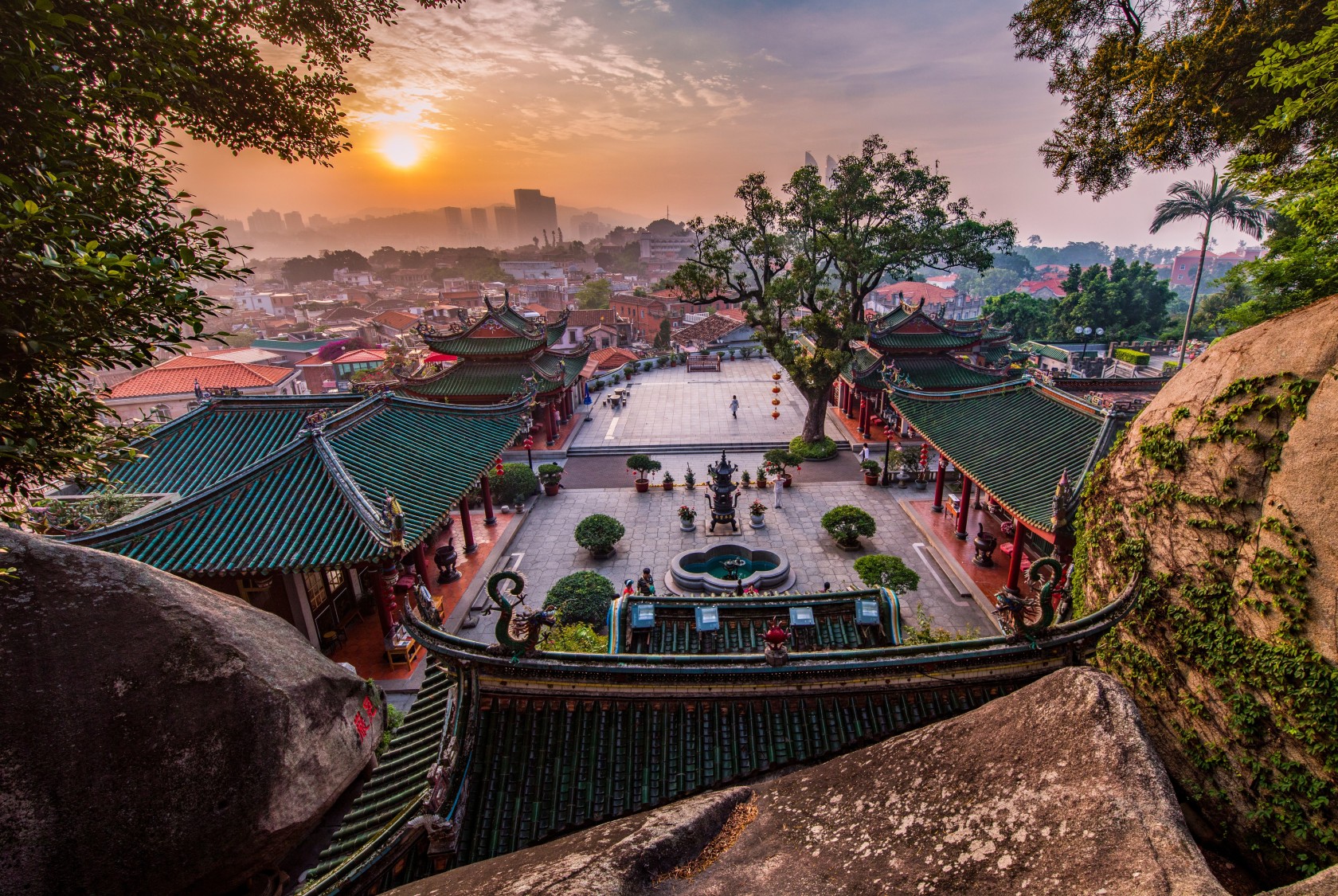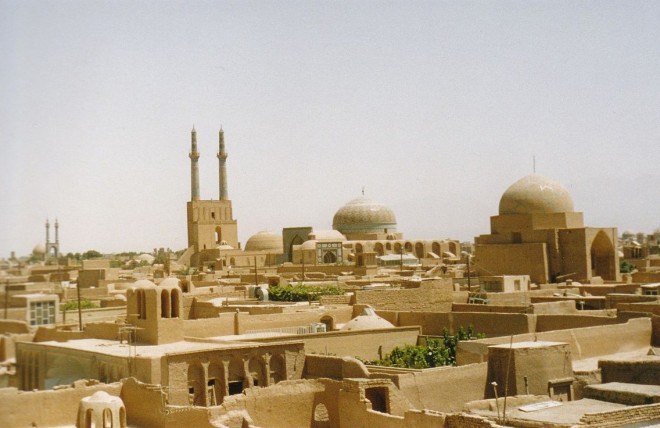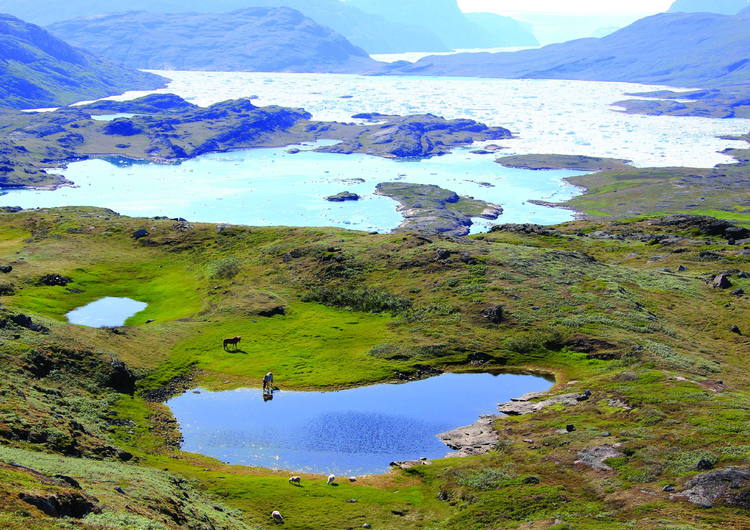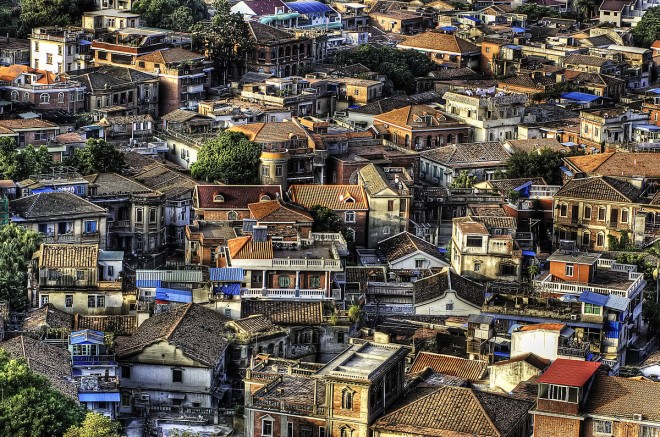See The Spectacular New Additions To UNESCO’s World Heritage List

www.awol.com.au
Every year, the World Heritage Committee gets together to determine places of historical, cultural, environmental and/or social importance in need of protection. This year, 18 cultural and three natural landmarks were stamped with the renowned UNESCO World Heritage Site sticker.
The cool thing about the annual list is that it puts major historical sites we might not have otherwise known about on our radars.
[listicle]Aphrodisias, Turkey

Aphrodisias is an ancient city located in southwest Turkey that survives in archeological ruins.
Asmara, Eritrea

Asmara is the capital city of the African country Eritrea. The entire city was determined a heritage site due to an architectural style strongly influenced by colonial Italian modernism.
Photo: © Asmara Heritage Project
Assumption Cathedral, Russia

Assumption Cathedral is located on the island of Sviyazhsk in Russia and was founded by the Grand Prince of Moscow Ivan the Terrible in 1551. Ivan might have been terrible but, according to UNESCO, the cathedral is lit.
Photo: © Regional Foundation of Revival of Historical and Cultural Monuments of Republic of Tatarstan
Swabian Jura caves, Germany

When humans first arrived in Europe 43,000 years ago, these six caves in Swabian Jura, southern Germany, were one of the first places they went. Excavators in the 1860s uncovered musical instrumentals, art and figurines at this site that are thought to be between 33,000 and 43,000 years old.
Photo: © Landesamt für Denkmalpflege (LAD) im Regierungspräsidium Stuttgart
Hebron/Al-Khalil Old Town, Palestine

This beautiful Palestinian town was constructed out of limestone between 1250 and 1517, and draws heritage status not only for its architectural significance but religious significance, too.
Photo: © Firas AL_Hashlamoun
Historic City of Yazd, Iran

Located in the middle of the Iranian plateau, Yazd is both a desert oasis and time capsule for traditional living practices.
Photo: Wikipedia Creative Commons
Kujataa Greenland, Denmark

The Kujataa Greenland is a sub-arctic farming spot that has been historically used by both Norse and Inuit farmers. It’s also very pretty.
Photo: © Niels Christian Clemmensen / Christian K.
Kulangsu, China

Kulangsu is a tiny, pedestrian-only island that has made heritage status due to its impressive fusion of architectural styles. You can see a very pleasing mixture of Traditional South Fujian Style, Western Classical Revival and Veranda Colonial Style etched into the small town’s foundations.
Photo: Wikipedia Creative Commons
M’banza-Kongo, Angola

Mbanza Kongo is the site of the historical capital of the Kingdom of Kongo. Its architecture, buildings and ruins demonstrate the impact of Portugese and Christian influence on sub-Saharan Africa.
Photo: © INPC
Landscapes of Dauria, Mongolia and Russia

Stretching from Mongolia, into Russian Siberia and inching a little bit into China, the Landscapes of Dauria made the cut for being an expansive and unique ecosystem of flora and fauna. The huge landscape is made up of grassland, forest, wetlands and lakes.
Photo: © Tseveenmyadag.N
Sacred Island of Okinoshima, Japan

Okinoshima is an island that has been worshiped by Japanese people for hundreds of years. The island is home to many pristinely conserved archeological findings and is considered a sacred site.
Photo: © World Heritage Promotion Committee
Taputapuātea, French Polynesia

Taputapuātea is a large marae complex on Ra’iatea Island that was constructed in 1000AD by the mā’ohi civilisation. The spiritual and cultural centre consists of a courtyard with a stone at the centre and is traditionally considered a place where the living intersect with the dead.
Photo: © SCP
Tarnowskie Góry Mine, Poland

This lead, silver and zinc mine, located in southern Poland, is remarkable for its contribution to the global production of lead and zinc as well as the intricately engineered underground water management system.
Photo: © Tarnowskie Góry Land Lovers’ Association
Los Alerces National Park, Argentina

You can find mountains, moraines, glaciers and lakes, as well as rare South American flora and fauna in this beautiful National Park.
Photo: © Ricardo Villalba
Sambor Prei Kuk, Cambodia

This very impressive archeological site has been recognised as the location of the Chenla Empire that flourished in the late 6th and early 7th centuries. The style of the temple predates Angkor Wat, making it a significant landmark for ancient Cambodian architecture.
Photo: © So Sokun Theary
Lake District, England

Located in northwest England, the Lake District comprises a huge selection of lakes, waterways, mountains and valleys that inch over into Northern Ireland.
Photo: © Andrew Locking
Valongo Wharf Archeological Site, Brazil

The Valongo Wharf archeological site is the remnants of the former wharf built as a landing area to accept slaves from Africa into Rio de Janeiro. UNESCO recognises it as an important historical landmark to remember the arrival of African slaves onto the American continent.
Photo: Wikipedia Creative Commons
Venetian works of defence, Italy, Croatia, and Montenegro

Spanning 1000km across Italy, Croatia and Montenegro, these ancient defence fortifications were built in the 15th and 17th centuries to protect the Republic of Venice from invading powers.
Photo: © Municipality of Venice
ǂKhomani Cultural Landscape, South Africa

Located on the border of Botswana, South Africa and Namibia, this cultural area demonstrates evidence of human occupation from as far back as the Stone Age. It’s still the cultural home for the ǂKhomani San who are recognised as the first people in southern Africa.
Photo: © Francois Odendaal Productions (FOP Films)
Qinghai Hoh Xil, China

Qinghai Hoh Xil is the largest and highest plateau in the world. As well as alpine mountains, you can find various flora and mammals like antelope roaming around the sub-zero region.
Photo: © Peking University
Historic City of Ahmadabad, India

Ahmadabad is a walled city that was founded in the 15th century. To this day, it remains an authentic representation of architecture from the sultanate period and an important representation of Gujarat’s history.
Photo: © AMC
[/listicle](Lead image: Kulangsu, © Cultural Heritage Conservation Center of THAD)
(All images: UNESCO)
www.awol.com.au






